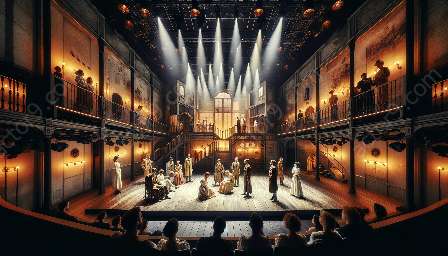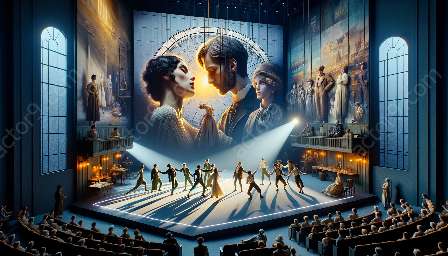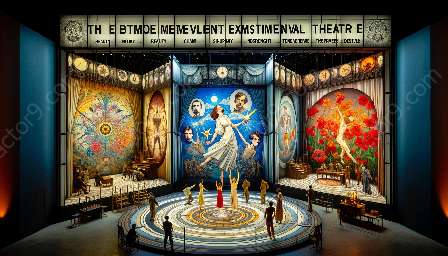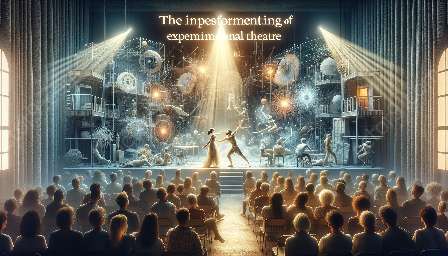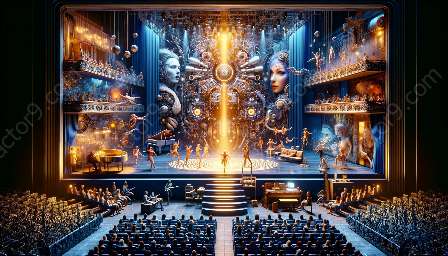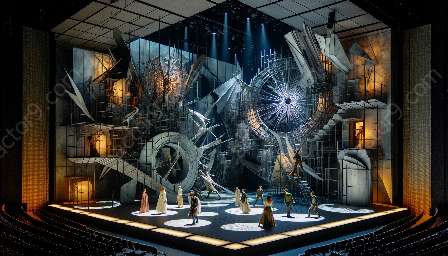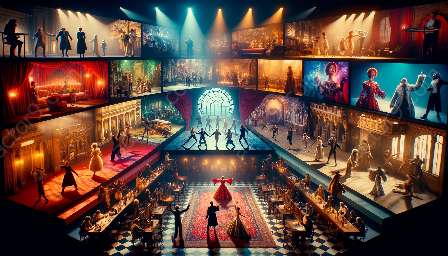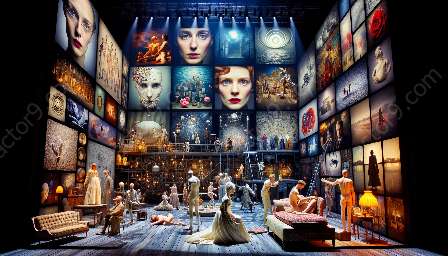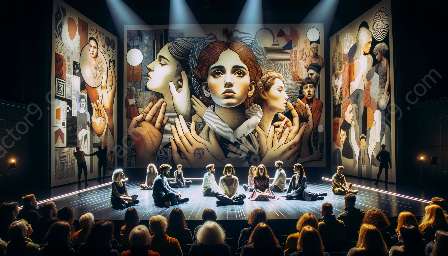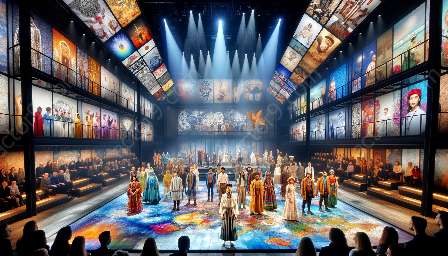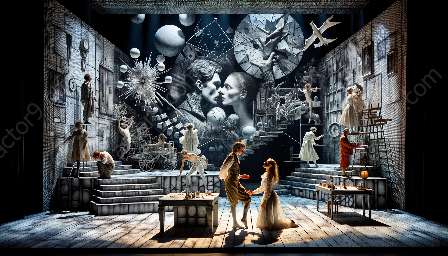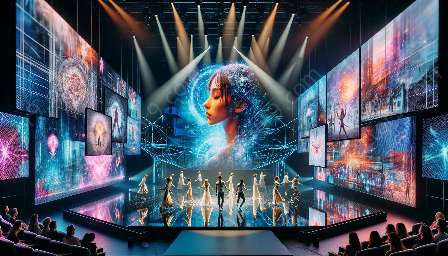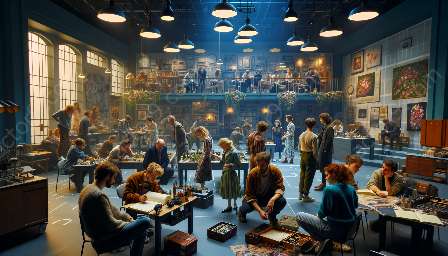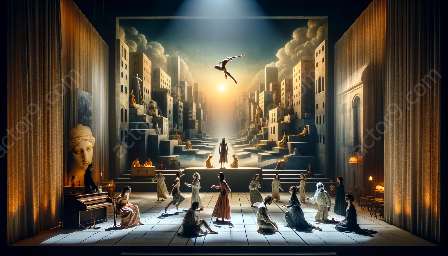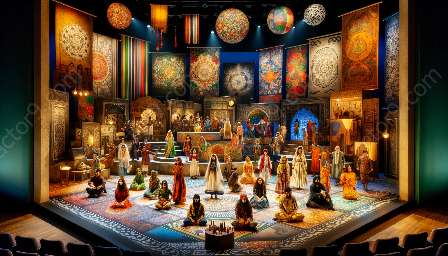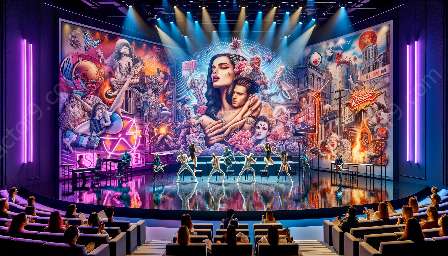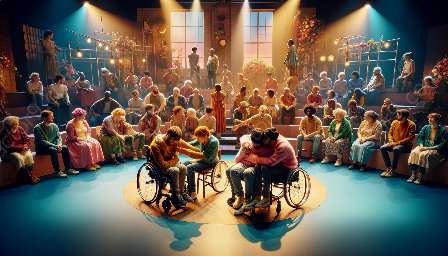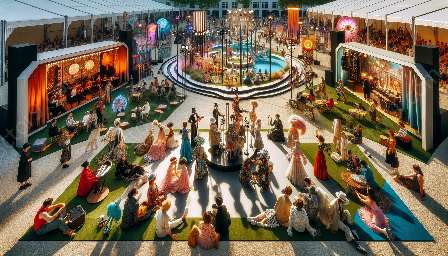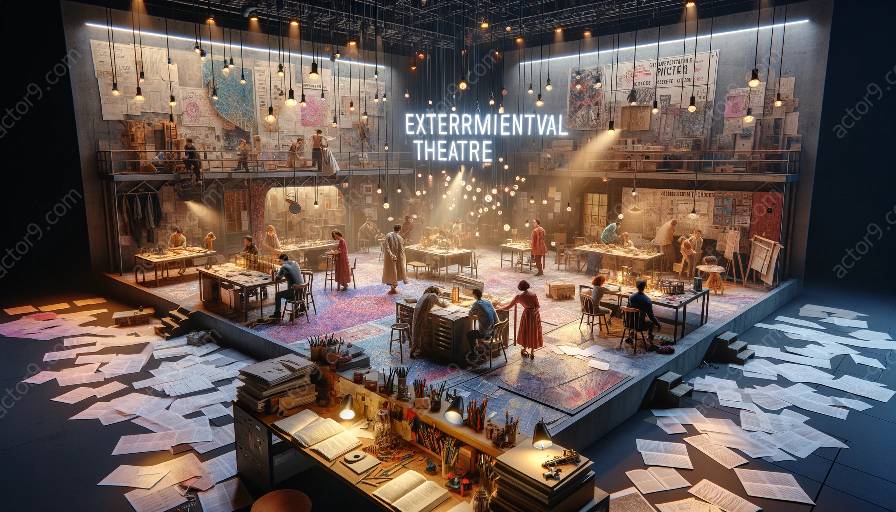Experimental theatre is a dynamic form of artistic expression that continually challenges traditional norms and boundaries. In particular, it blurs the lines between the performer and the spectator, redefining the relationship between the two. This topic cluster explores how experimental theatre scripts and playwrights contribute to this ongoing evolution.
Understanding Experimental Theatre
Experimental theatre is characterized by its innovative, non-traditional approach to performance. It often pushes the boundaries of conventional storytelling, staging, and audience engagement. Unlike traditional theatre, which aims to provide a passive viewing experience, experimental theatre invites audiences to actively participate in the creation of meaning.
Challenging the Role of the Performer
In experimental theatre, performers often break the fourth wall, addressing the audience directly and involving them in the unfolding narrative. This blurs the distinction between performer and spectator, creating a sense of shared experience and heightened immediacy. The traditional notion of passive observation is replaced by active engagement, fostering a more interactive relationship between performers and audience members.
Redefining the Spectator's Role
Furthermore, experimental theatre challenges the passive role of the spectator by encouraging critical thinking and emotional investment. Spectators are prompted to question their assumptions about the nature of performance and to reflect on their own perceptions and experiences. This active engagement with the performance blurs the boundaries between the performers and the audience, as both become integral parts of the overall theatrical experience.
Exploring Notable Playwrights and Scripts
Several playwrights have made significant contributions to the evolution of experimental theatre and its impact on the performer-spectator relationship. Their innovative scripts have challenged conventions and reshaped the boundaries of theatrical performance.
Sarah Kane: Blasted
Sarah Kane's play Blasted is an influential work in the realm of experimental theatre. Known for its brutal and confrontational themes, it challenges the audience to interrogate their own responses to violence and suffering. Kane's uncompromising approach blurs the boundaries between performer and spectator, creating an intense and visceral experience that demands active engagement.
Annie Baker: The Flick
Annie Baker's The Flick is another example of experimental theatre that redefines the performer-spectator relationship. Through its naturalistic dialogue and attention to mundane details, the play draws the audience into the lives of the characters, fostering an intimate connection. This immersive storytelling blurs the lines between performers and spectators, as the audience becomes deeply involved in the characters' experiences.
Conclusion
Experimental theatre continues to challenge and reconfigure the relationship between performers and spectators. By actively involving the audience in the creative process and prompting critical reflection, it invites a deeper level of engagement that transcends traditional theatrical boundaries. Through the work of pioneering playwrights and the innovative scripts they produce, experimental theatre pushes the boundaries of what is possible in the performer-spectator dynamic, shaping the future of theatrical expression.

